How VRJAM is Redefining Live Experiences in the Metaverse
Through immersive virtual concert experiences, music NFTs and more, VRJAM is helping artists redefine fan engagement.
If you’re like most of us, your favourite concert experiences were desperately missed during the pandemic. Artists also suffered significantly — according to an annual report conducted by UK Music, almost one in three industry-related jobs were lost during COVID-19. Employment in the sector also fell by a devastating 35%.
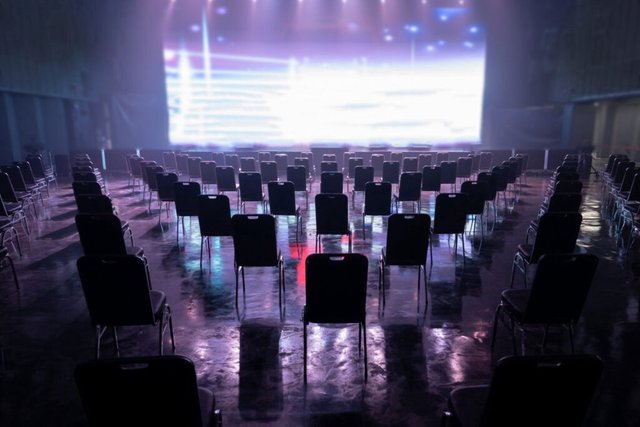
It’s easy to wonder: what if we’d been able to experience live concerts remotely at the start of 2020 (set designs, lights and all)? Better yet, what if said experiences allowed us to interact with artists in real-time — a feature not (so easily) allowed at typical gigs? After major artists such as Ariana Grande, Lil Nas X and Post Malone have used virtual concerts to increase their fan engagement within the last year, a rising startup is here to show us what the next step of this looks like.
gmw3 recently attended the exclusive platform preview of VRJAM, a ‘multiverse’ platform for music and live entertainment in the metaverse. With an upcoming launch date in the coming months, we were thrilled to be in the front row of a live show performed by record producer and artist DJ Junior Sanchez. We also had the opportunity to speak with Marc Daille, VRJAM’s Head of Marketing, to learn more about the company’s objectives and plans to release its technology this year.
How VRJAM works
According to their official website, VRJAM “empowers creators, platform owners and brands to effortlessly create inspiring immersive experiences that redefine fan engagement.” They’re hoping to achieve this “by making content beautiful, interactive and immersive.” Using blockchain technology, the company also aims to help artists more easily monetise their work by selling tokenised versions of concert tickets, merchandise and other assets on the platform.
How are the worlds created? According to Marc Wille, VRJAM’s Head of Marketing: “We first create a 3D model of a venue (if it also exists in the real world) using a laser scan technique. We then have a basic layout of the place and add in the details and specifics. This, of course, can be an (almost) exact copy of the real-world venue, but we can also add things or alter things. Our tech gives us limitless possibilities.”
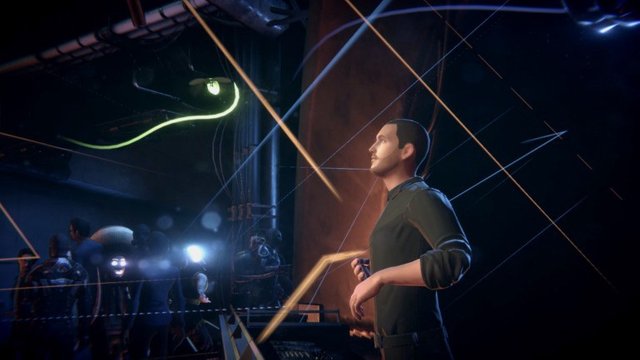
VRJAM is also currently in the process of signing a series of well-known artists (who are yet to be named). Artists and record labels will have the opportunity to join VRJAM’s Creator Guild, which is a “rapidly growing network of creators and industry members driving the evolution of live music” in the metaverse. Members of the Creator Guild can create, publish and trade their work as NFTs, create and publish avatar concerts and live events, look for new ways to publish their music and more.
Additionally, the company has launched its own native cryptocurrency token — the VRJAM Coin. Recently, VRJAM raised over $2 million USD in a pre-sale of its VRJAM Coin (with a market cap of $50 million). Once the platform has officially launched, the VRJAM Coin will be listed on an exchange, which will enable anyone to buy and sell the platform’s native cryptocurrency. A blockchain ticketing feature is set to go live this summer (according to the company’s roadmap).
Artists and labels that join VRJAM’s Creator Guild will receive an allocation of the VRJAM Coin, which can be used for all transactions made on the platform. As more artists are poised to use the platform to sell their work as NFTs, tickets, merchandise and other products, the more the volume of trade in VRJAM Coin will increase — thereby stabilising its value.
An immersive street party
During the preview, I was seated at a pre-prepared station inside London’s Shoreditch House (equipped with my own table, laptop, customised avatar and Meta Quest 2).
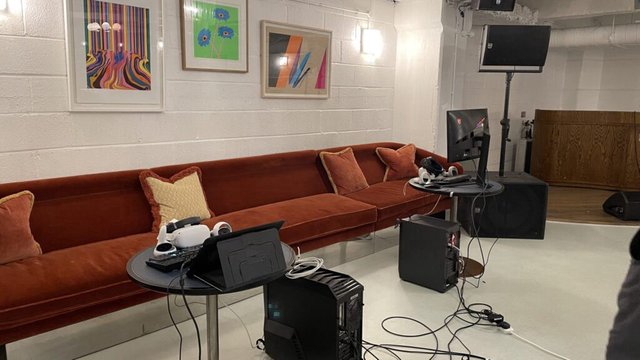
After putting on my headset, I found myself (in floating avatar form) standing within what looked like a fun and busy suburban block, lit by the muted glow of overhead lanterns and streetlights. The streets were also dotted with various tables, drinks and discarded red cups, mimicking the appearance of a real-life street party gone right. A diverse and colourful crowd of in-game NPCs also materialised around my avatar, dancing and vibing in tune with the surrounding beats.
The life-like avatar of DJ Junior Sanchez — who was physically located in Brooklyn, New York while donning a full motion-capture suit — appeared at his own dedicated set, equipped with strobe lights, laser beams and mock fireworks. The other attendees also joined the virtual space — also floating around the pavement as their own respective avatars.
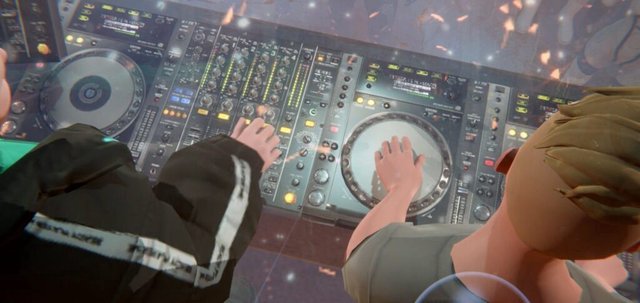
Throughout the course of the set, we were able to teleport around the block party and speak with the other attendees’ avatars as if they were actually beside us in real life. I said hello to some other industry professionals that I had spoken with (in person) prior to joining the live event. Luckily, I also got the chance to speak with company CEO Sam Speaight (who was physically situated inside his hotel room in Los Angeles).
Once DJ Junior Sanchez finished his virtual set, we were given the chance to ask him questions. I asked him: “Where do you see the metaverse in five years?” His response was that he believed it would become a ubiquitous part of our lives and take over the internet as we know it.
What’s next?
The COVID-19 pandemic can aptly be characterised as one of the darkest periods the music industry has ever seen. In addition to the aforementioned numbers, figures now reveal that live music revenues suffered by about 90% as artists were unable to tour or perform. Musicians have also since started standing up to leading mechanisms (such as music streaming platforms like Spotify) for clawing away at any last dregs of revenue they were able to hang onto.
Will platforms like VRJAM change this landscape?
“This is exactly one of the reasons we started VRJAM,” says Baille. “With big tech dominating the music industry more and more, artists are looking for different models to connect with their audiences and generate new revenue models. We are offering that. But we also allow artists to push the creative boundaries of their art and move into the virtual space. We strongly believe that in a more decentralised model like VRJAM is offering, artists [will] have more control over their art and over how and when they wish to monetise it.”
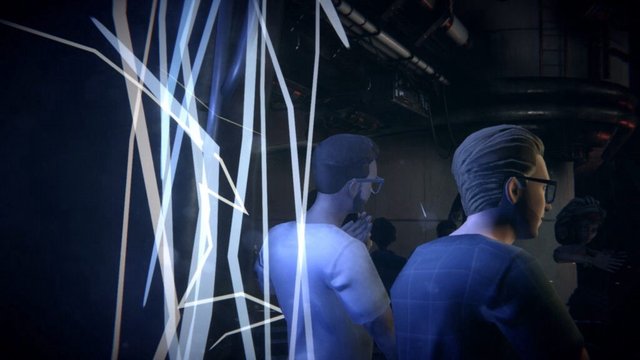
In the future, VRJAM also plans on creating more immersive event spaces in the metaverse. “Think about arenas, comedy clubs, whisky bars or underground dance locations,” Baille describes. “Also, here, the only limit is our imagination.”